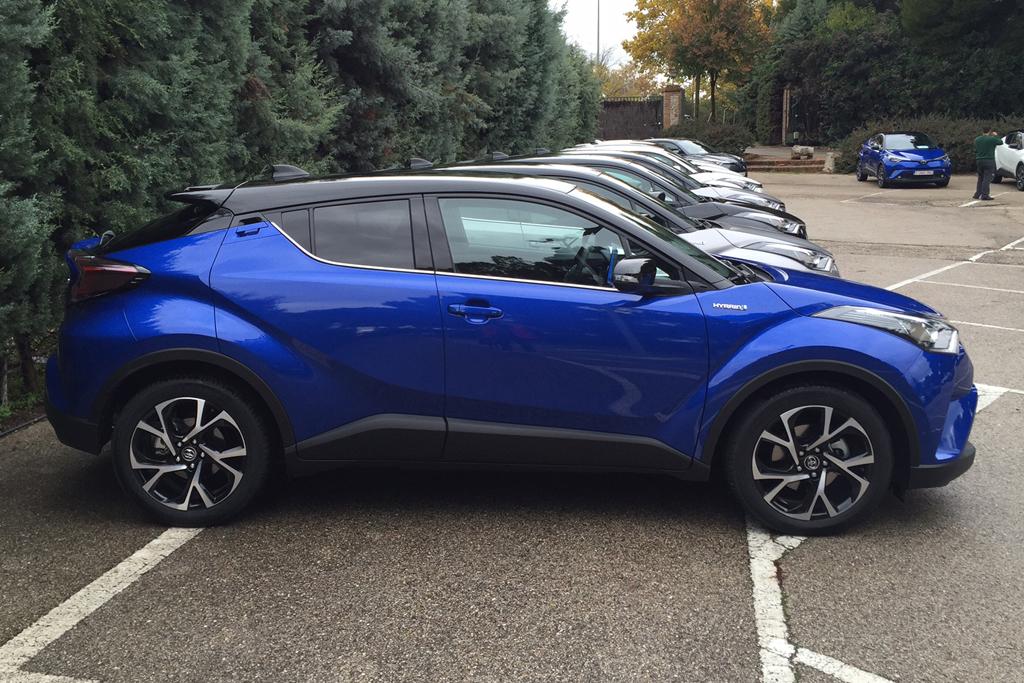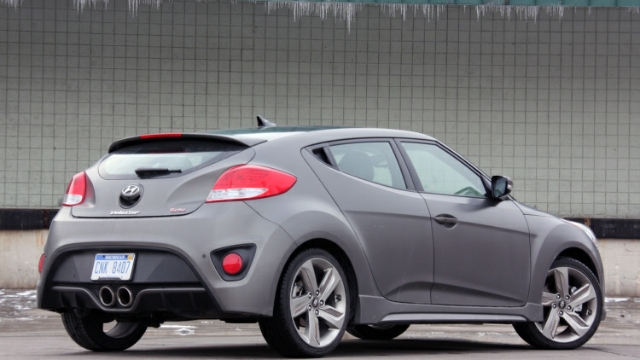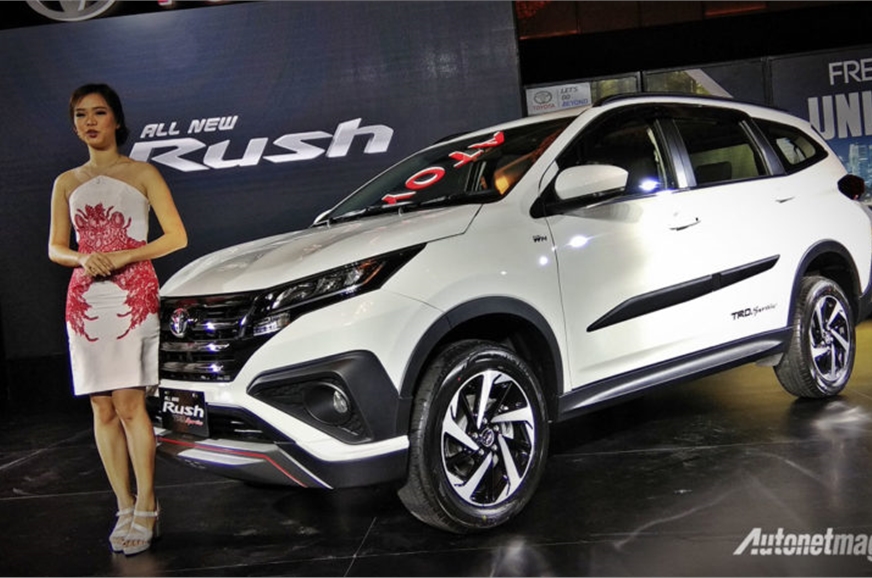Toyota's C-HR still playing catch-up
DALLAS — Toyota had high hopes for the stylish C-HR subcompact crossover when it joined the fast-growing segment last year, but the experience in the U.S. has shown that looks are only skin deep.
While the brand's first cute-ute has been a resounding hit in Europe and Japan, something got lost in translation when it was brought to North America, putting it at a disadvantage as competitors multiplied.
With Lexus showing off its new UX, a platform partner of the C-HR, at the Geneva auto show, the automaker will have another shot to get the entry-level crossover right for the key U.S. market, analysts said.
Not that the C-HR doesn't have potential, but sales have fallen short of expectations since the vehicle arrived last spring, and it's been a bit of an outlier for Toyota.
Toyota's other mainstream offerings generally sit in the sweet spot in their segments, with the Corolla, RAV4, Camry and Highlander generally in the top two slots, while the C-HR sits in seventh so far this year behind the Mitsubishi Outlander Sport.
Toyota expected the C-HR to quickly hit 5,000 sales a month, but it has fallen significantly short since its 2017 introduction. Better supply from the factory in Turkey and financial incentives pushed sales to a monthly best of 4,420 in February, and the segment has more room for growth.
"We're fine with where the C-HR is. We're pretty pleased," Bill Fay, senior vice president of automotive operations for Toyota Motor North America, told Automotive News. Fay stressed that the C-HR is a brand-new model that has been out for less than a year. "We had to build up some awareness and purchase intention for a new model."
Most of the C-HR's problems, auto analysts say, stem from the fact that it wasn't designed as a Toyota in the first place. For the U.S., the C-HR was headed for Scion dealerships before Toyota pulled the plug on its youth-oriented brand in 2016.
Toyotas generally have trim levels, powertrain choices and an options list to match buyers' budgets. Scions came in mono-spec trims, meaning almost no options. Equipment levels generally landed in a middle ground in pursuit of a value proposition.
"It's a product that was intended for the Scion brand, and that means they made product-planning decisions relative to the kind of content based on the Scion mono-spec approach," said Stephanie Brinley, a senior analyst at IHS Markit.
Small crossover buyers generally are looking for all-wheel drive to give their vehicle the capability that comes with a light truck. They're also looking for some creature comforts and minimal performance levels.
The C-HR comes only in front-wheel drive in North America, while some European versions spin all four tires. Stateside, there's no navigation option for the infotainment system, no leather seats, no premium sound system, no Apple CarPlay or Android Auto integration and no optional engines.
Europe gets a small turbocharged gas motor, a hybrid option and a manual or automatic gearbox.
While those might not be the best options for the U.S. and its low gas prices, the lone four-cylinder engine and continuously variable automatic gearbox are light on acceleration and heavy on noise.
That's a bit disappointing, given that the C-HR runs on a new global platform with strong handling dynamics for the class and a bolder — if polarizing — design that marks a more emotional direction for the brand.
"Looks are in the eye of the beholder," said Brinley. "Some people like it, and some people won't. A stronger powertrain could be a helpful thing."
While subcompact crossovers are generally bigger segments in Europe and Japan, the U.S. market is significant. Sales rose to 563,763 in 2017 from 171,184 in 2014, according to the Automotive News Data Center. Brinley says there is still room for moderate growth this year.
On the bright side for the C-HR, Toyota dealers say its curvy sheet metal has brought younger shoppers to the showroom, and Toyota executives say modifications will be made to better adapt to the U.S.
"We're working on the whole grade strategy and how we define that going forward," said Fay. "We'll have an evolution with C-HR like we do all of our other products once we get some sales experience and some customer feedback on it."





